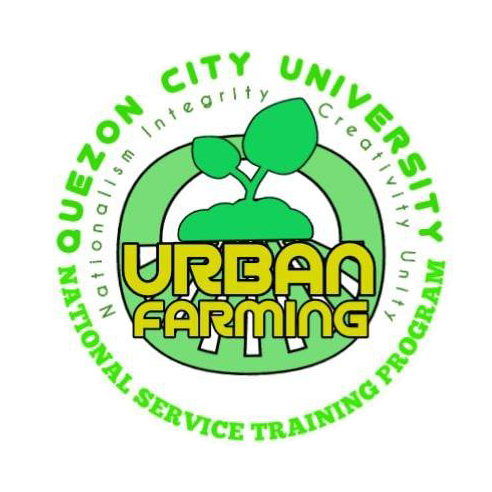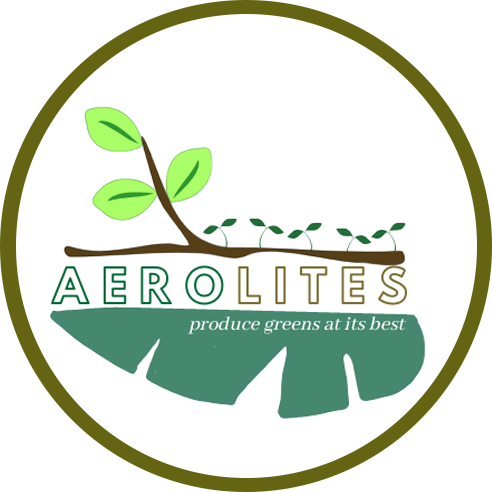Frequently Asked Questions
Here are some FAQs about the system:
Questions for System
A solar panel can help you to give power to continuously operate your system. The life span of a usual solar panel range 25-30 yrs, it can be used for 6-7hours every day for200 to 400 watts it is depends on types of solar panel you would buy.
Second solution is using a genarator. Generators are machines that produce electric energy in the form of voltage and current. They produce electricity based on the principle of electromagnetic induction.
A genarator has a over all life span of 1500 – 300 hrs and can be use for 7.5 to 12 hrs a day.
And last is Battery, Bank is defined as the assembly of one or more individual batteries in order to store energy in electrochemical form A motor battery can supply your system but depends on the voltage needed by the your system either your system big or small one.
Questions for Planting
Guide To Germinating Your Seeds
One of the great perks of growing your own plants and vegetables from seed is the fact that you’ll have so many choices to choose from – and you’ll be able to find the perfect seeds to suit you and your garden online or at your local garden centre. Remember to take note of your environment and pick seeds wisely, keeping in mind the environment you have on offer. You will need to pay particular attention to the requirements of the seed –lookout for water requirements, soil temperature, nutritional requirements, and desirable lighting for each species you consider.
Learn About Your Seeds
Now, that you’ve got your seeds ready – you will need to plant them. It is possible to plant seeds both straight away directly in your garden soil or alternatively in containers that can then be transported outside further down the line. This decision depends hugely on the species you wish to plant as some require more sensitive care than others. To do so, you will need to know the ideal growing conditions for your plant; the germination time, and also the earliest time from which you can transport your plant outside.
Garden soil can contain high levels of disease and insects that can cause harm to your seeds. Therefore, it is the safer option in most cases to start your seeds off indoors in 'seed and cutting' compost. Obviously, these conditions will vary from plant to plant, so make sure you check thoroughly before beginning the process.
Pick Your Container
You will need a container that is two to three inches deep and features holes at the bottom, for drainage purposes. The width of the container can vary – it all depends on how many seeds you wish to plant. However, remember to ensure you leave enough room for the seeds to germinate. You can buy trays from your local garden centre or online, or you can even use an egg carton. Now that you have your container ready, you will need to line your seeds with your growing medium. Do not fill your container right to the top with this combination, instead leave approximately half an inch at the top. Lightly wet with water to provide a good environment for the seeds to grow in. However, do note that soil-less mixture contains zero nutritional value so it may be a good idea to use seed and cutting compost. You can purchase propagators which are designed for growing multiple fruit or vegetables from seed. These containers are perfect for the task at hand.
Check Whether Or Not You Should Soak Your Seeds
Some seeds may require soaking before you plant them, whereas others do not. Make sure to check all the information on the packet as previously mentioned. If your seeds do require soaking, you will need to do so for several hours before adding to your growing medium.
Time is right
Normally, you should plant your seeds between 4-6 weeks prior to moving them outside, however, species do vary. Also, you may be required to plant your seeds indoors earlier than predicted or indeed later, all dependant on the weather at the time.
Provide Heat And Lighting
Many seeds do not need lighting to germinate while others do. You may need a source of heat and light as sunlight will most likely not suffice. Pick up a plant lamp to keep your seeds happy with lots of lights and heat. Please note: You may use a fluorescent lamp without trouble but you will need a white bulb to provide the right heat and light for your seeds without burning them. A heat mat may also be a good idea for plants that require extra heat.
Keep The Growing Medium Moist
We suggest covering your container lightly with plastic sheeting/damp newspaper. This will act as a way to regulate and trap moisture and temperature. This is important as if your seeds dry out they will not germinate properly.
Transporting The Seedlings
First, if any of the seeds germinate, it is best to thin out the less-strong seedlings, so that the stronger ones can grow even more so. Aim to not exceed three seedlings per section of the container/egg box. Following this, when the growing season starts you will be able to move your seedlings to larger containers outside. Continue to follow the instruction considering soil, lighting and drainage and enjoy.
Growing Medium
You will need a sterile growing medium. If you buy soil, be sure the label says it has been sterilized. Some gardeners prefer to use a soilless medium, such as a mix of peat, perlite, and vermiculite, for seed germination.
The biggest problem in starting seeds indoors is damping off of seedlings. Using a sterilized medium minimizes the fungus spores that cause the problem. Providing good drainage and air circulation for the seedlings also reduces damping off.
Container
Seeds can be planted in flats, peat pots, or any of the commercially-available containers you see at the garden center. If these containers have been used the previous year, they should be sterilized before use. Seeds can also be planted in dixie cups, egg cartons, foil baking tins, or many other convenient objects. Just be sure you have punched plenty of holes to allow for drainage.
Cover
Many seed germination kits come with a clear plastic top. If you are using plain flats or other ordinary objects, you will need to make an airtight cover. Plastic wrap or a large plastic bag will do the job.
Seed
Most gardeners buy fresh seed every year from a commercial company. Many popular flower and vegetable seeds are hybrids, and only grow well if purchased from a seed company.
Heirloom seeds are usually seed from old-fashioned varieties of plants. These plants will grow reliably from seed collected the previous year in your garden.
In either case, fresh seed will germinate more easily than seed that has been stored for several years.
Temperature
Most seeds germinate best when the soil temperature is around 70 degrees Fahrenheit. Some require warmer or cooler temperatures. Decide in advance where you will place the trays to provide the correct temperature. Some garden centers sell special warming devices for this.
Use a nutrient-rich, moist soil.
This could be due to a variety of factors. To begin, rule out obvious causes such as a lack of water, a high temperature, or a broken stem.
Root diseases are the most common cause of plant death, and they can cause a number of problems, from decreased output to death.The most prevalent disease is pythium. Ignoring the fundamentals of temperature control can be a problem.
The right parts per million for lettuce is between 560 and 840 ppm.
This can be caused by a number of factors:
• Low oxygen levels due to lack of aeration or too much water.
• Nutrient deficiency
• The pH is too high/low.
• The solution is too hot/cold.
• Too much salt in the water.
Questions for Aeroponics
• Fast plant growth
• Easy system maintenance
• Less need for nutrients and water
This system is extremely economical when compared to traditional methods of growing plants due to the high yields and how fast plants can be grown in the system.
Water, rather than soil, is used in both aeroponics and hydroponics to give the nutrients and oxygen that plants require. The lower portion of the plant roots is submerged in a nutrient-rich water solution, while roots near the plant's base are exposed, allowing more oxygen to reach the roots. The increased oxygen levels delivered to the roots improves nutrient delivery, allowing the plants to grow faster and healthier.
Grow lights or LEDs are required to ensure healthy plant development.
Yes, aeroponics is better than hydroponics this is often due to more oxygen being available to the basis zone of the plants. It also has much less chance of hosting bacteria and disease because of the actual fact that the plants aren't sitting during a growing medium. Aeroponics are high-yielding compared to other one; it also consumes less water for plant growth.
Aeroponics can not be built easily; it needs proper planning and systems to grow plants effectively. But, it makes it easy when it comes to growing plants because of this system, it provides growth faster with less human intervention.
Irrigation cycles for an aeroponics systems operate on a cycle of 5 seconds ON and 5 minutes OFF.
Aeroponics system provides nutrients directly to the roots of the plant. No growth medium is used to keep the plant in place. Instead, the roots remain floating in the air and it showers the roots of the plants, delivering water, nutrients and oxygen.
QCUrban- Tech
Project build by SBIT4I- Group2


Novaliches, Quezon City, Philippines
qcurban.iot@gmail.com
+63 9358 469 437
